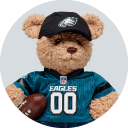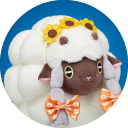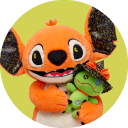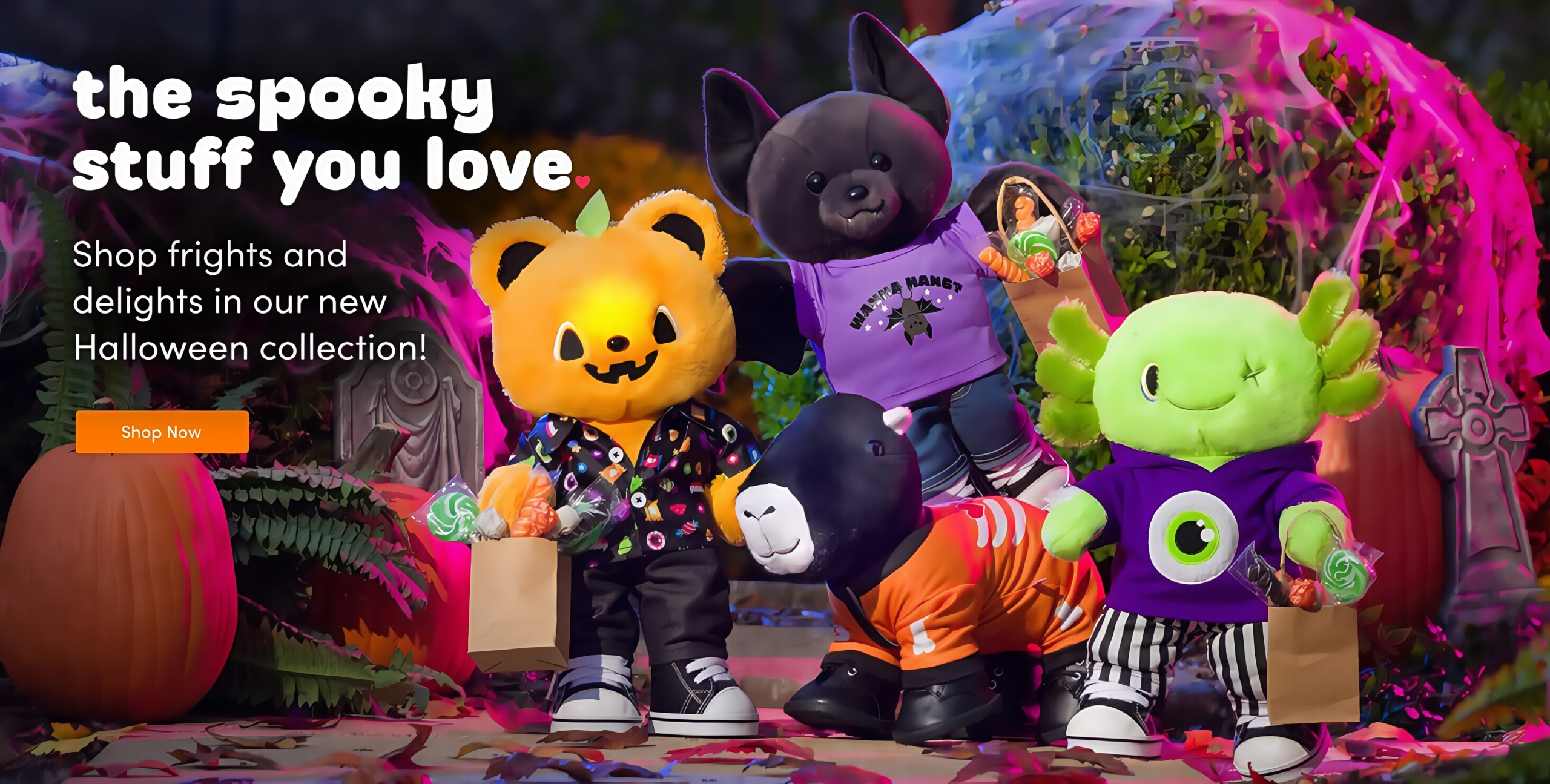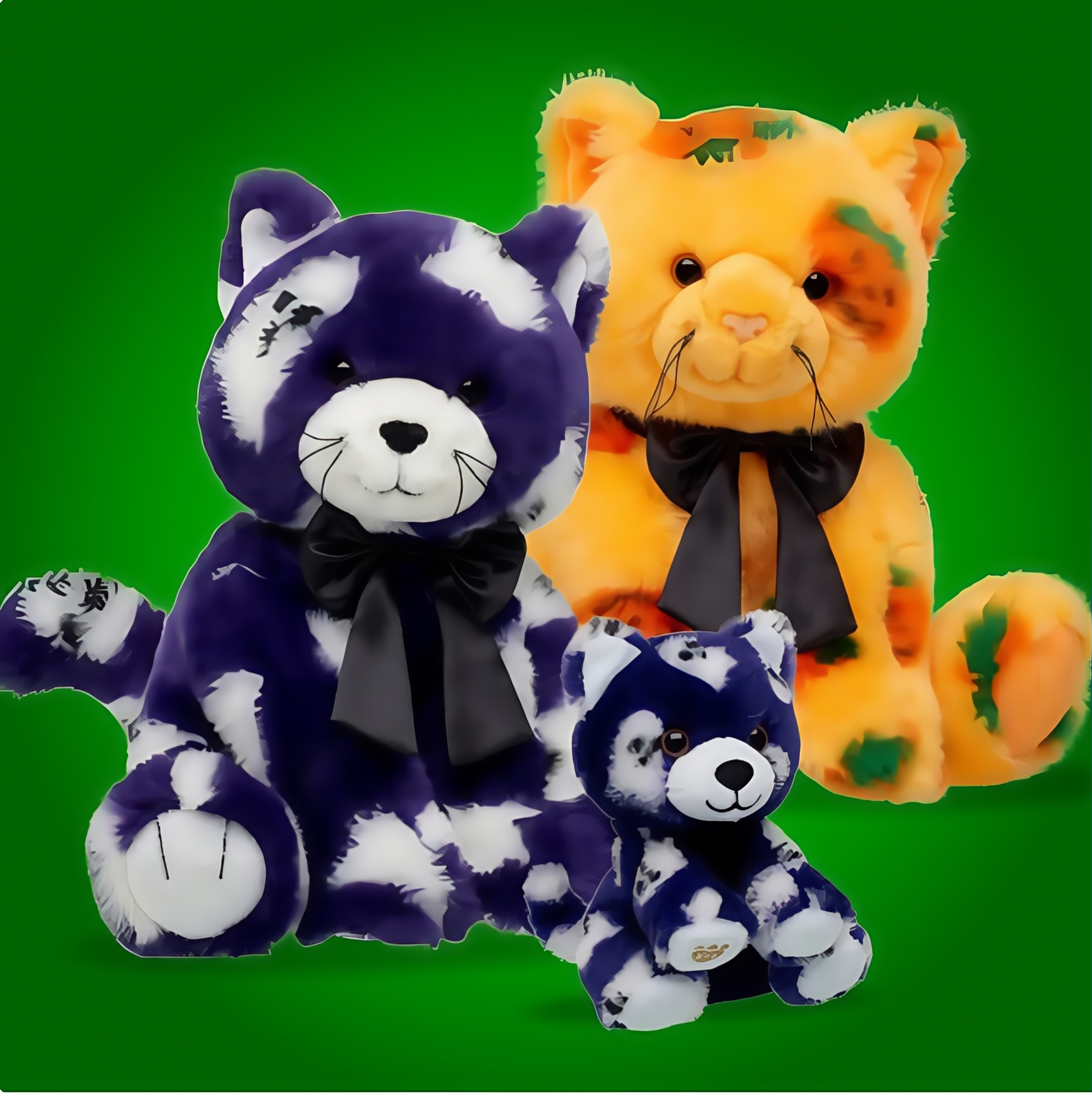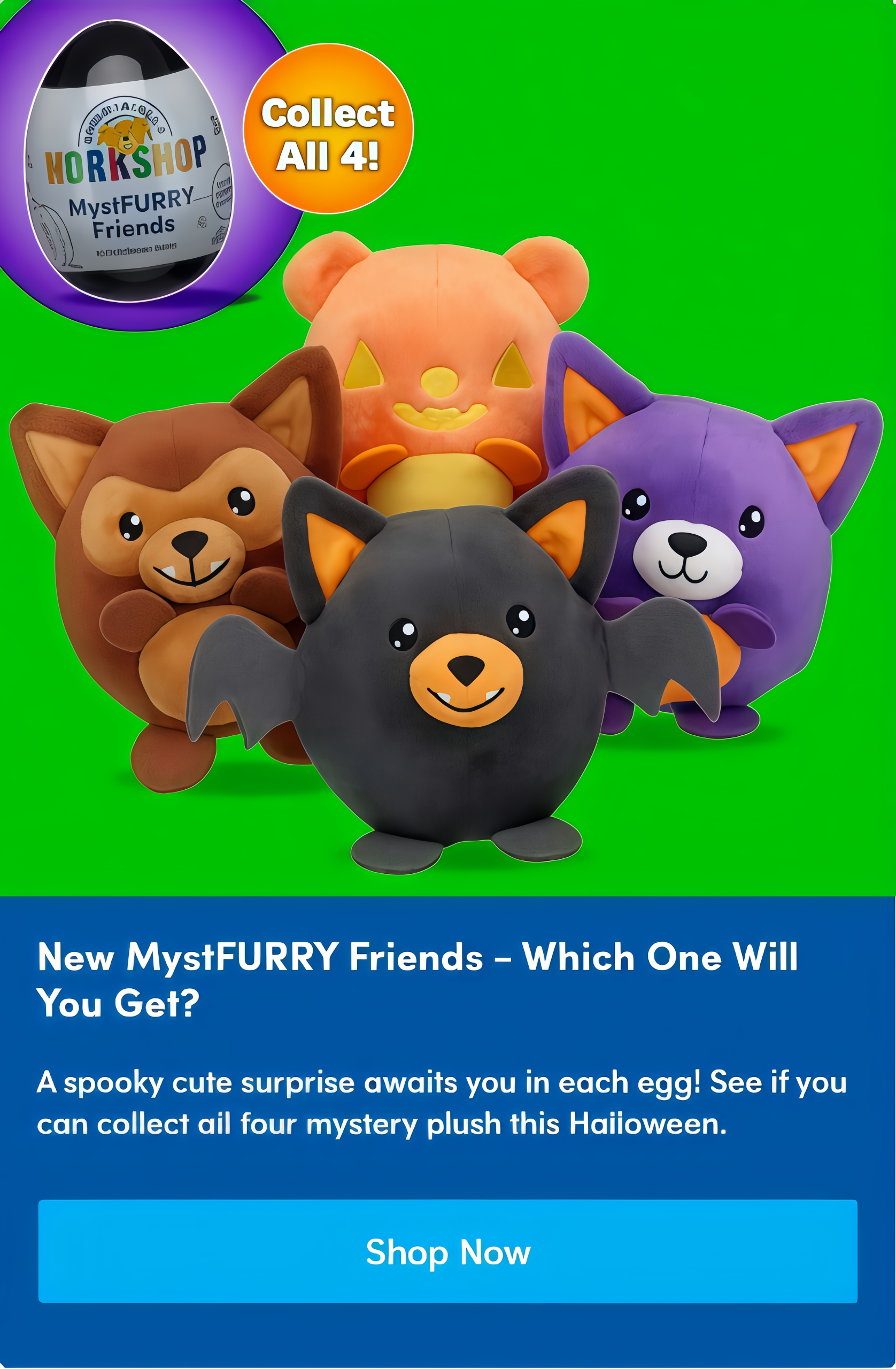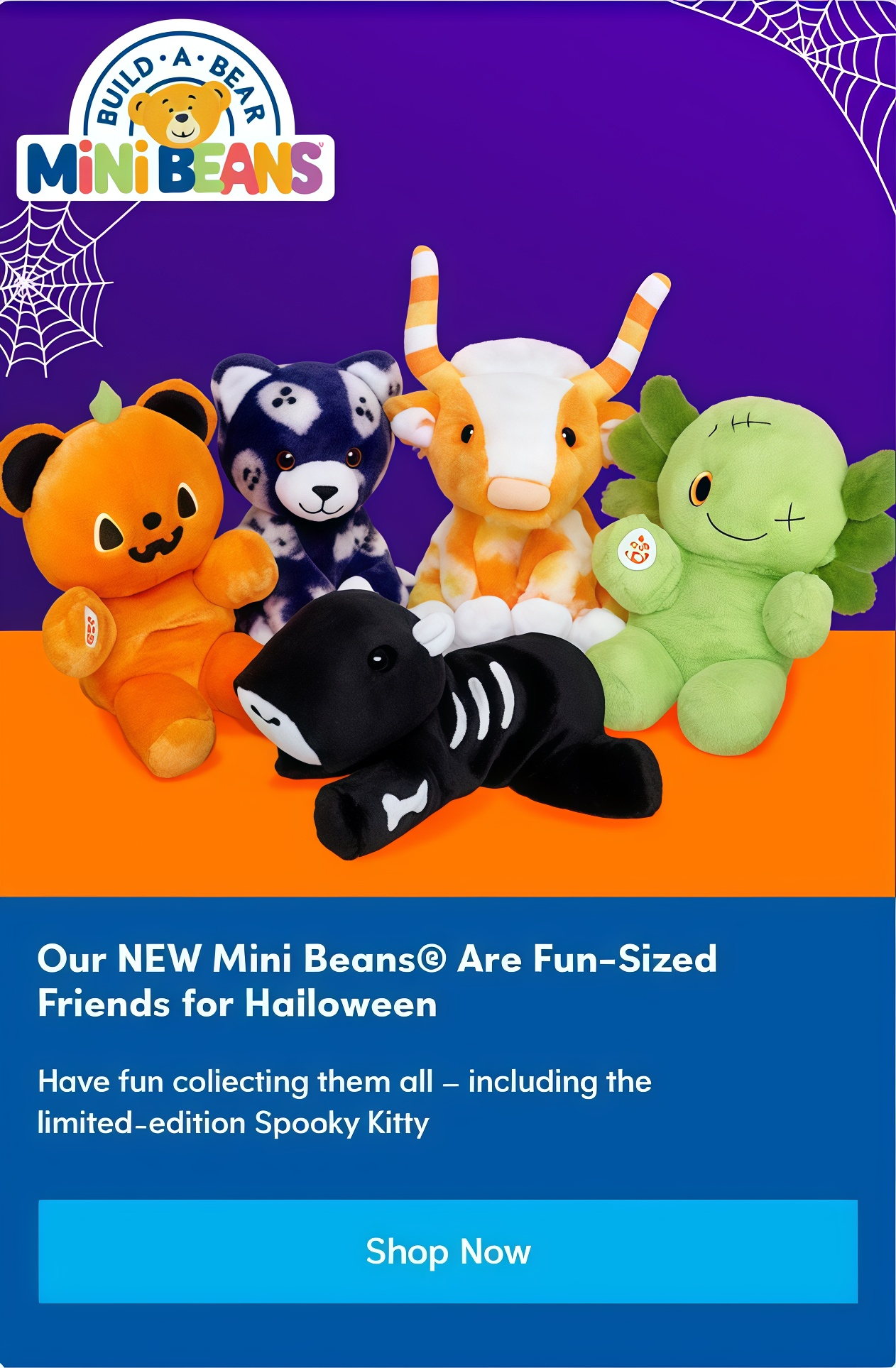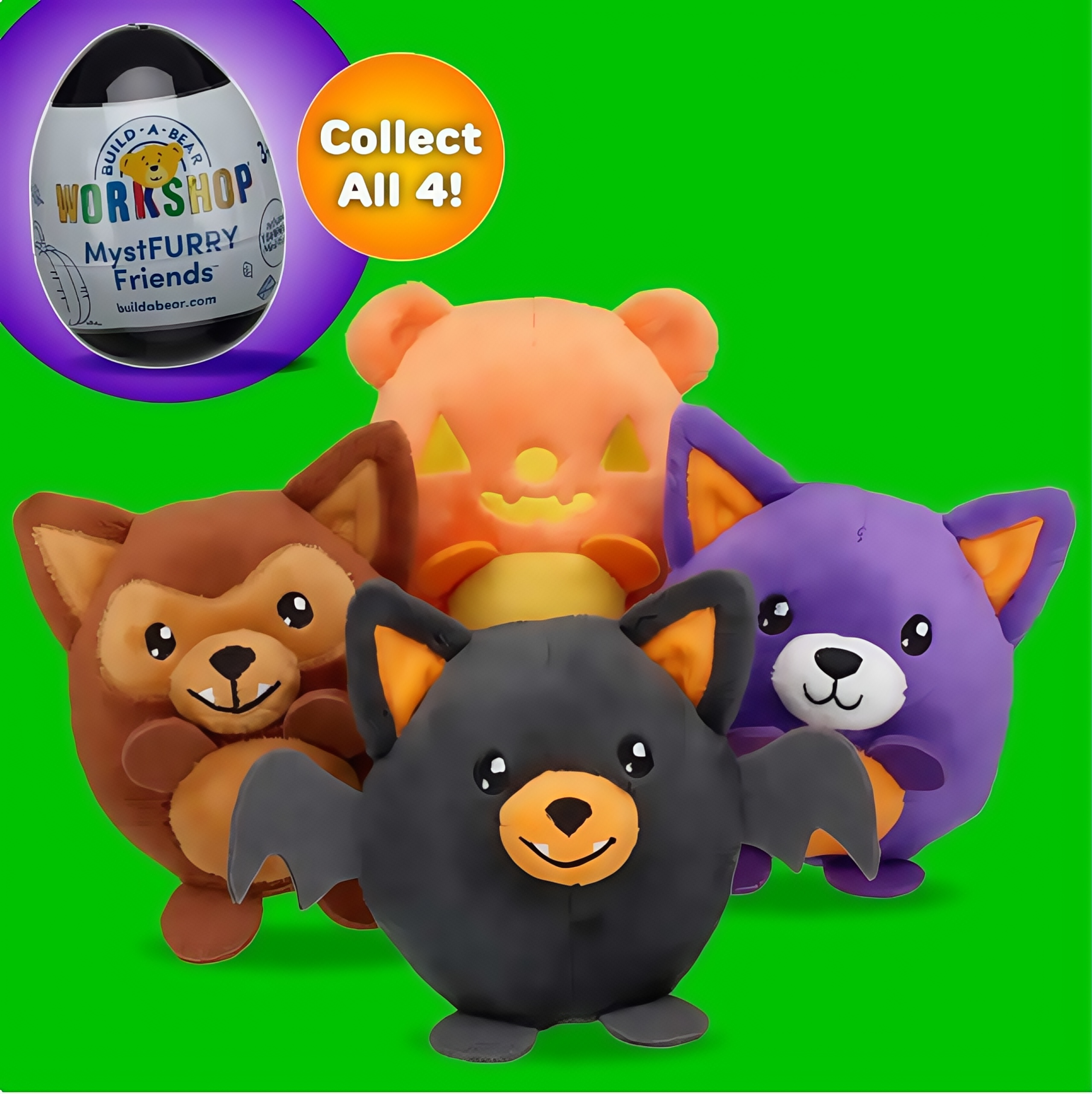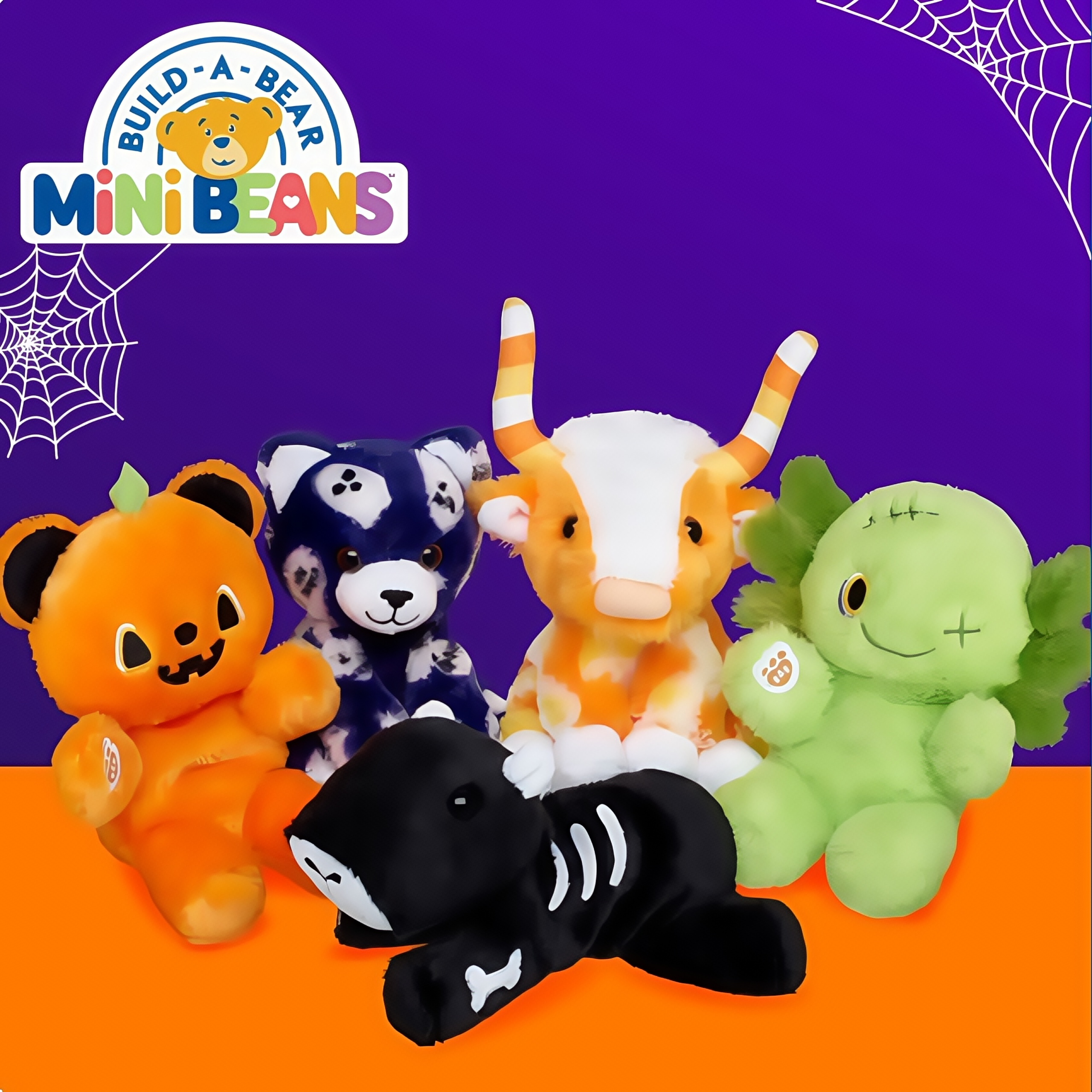The Enduring Comfort and Joy of Plush Toys: More Than Just Playthings.
Plush toys, with their soft textures and often endearing features, have been a constant presence in our lives, bridging generations and cultures. From the earliest ragdolls to the intricately designed characters of today, these cuddly companions have offered solace, sparked imagination, and become cherished members of countless households. Their enduring appeal lies not just in their tactile appeal but in the profound emotional and developmental roles they play throughout our lives.
A Journey Through Time: The Evolution of Plush Companions
The history of stuffed toys is as old as childhood itself. While the modern concept of a plush toy is often associated with the early 20th century, rudimentary forms of comfort objects have existed for millennia. Ancient civilizations crafted dolls from fabric, straw, and papyrus, providing children with companions for play and solace. These early creations, though simple, laid the groundwork for the sophisticated plush toys we see today.
The advent of mass production and advancements in textile technology in the late 19th and early 20th centuries marked a significant turning point. Seamstresses and entrepreneurs began to experiment with new materials and designs, leading to the birth of iconic plush figures. The story of the teddy bear, for instance, is a testament to how cultural moments and creative ingenuity can converge. Inspired by a widely circulated political cartoon depicting a president’s refusal to harm a bear cub, a toy maker crafted a stuffed bear, and the “Teddy Bear” was born, quickly becoming a global phenomenon. This era also saw the creation of other beloved animal plushies, each with its unique charm and appeal.
The Developmental Powerhouse: Plush Toys and Child Development
The impact of plush toys on child development is multifaceted and profound. Beyond being mere playthings, they serve as crucial tools for emotional, cognitive, and social growth.
Emotional Security and Comfort: For young children, plush toys often act as transitional objects. These inanimate companions provide a sense of security and familiarity, especially during times of change or distress. The act of hugging, squeezing, or simply holding a soft toy can release tension, soothe anxiety, and create a feeling of safety. This is particularly important during significant life events like starting school, moving to a new home, or even during doctor’s visits. The predictable comfort of a plush friend can act as an anchor, helping children navigate unfamiliar or overwhelming situations. The soft texture and warmth of a plush toy can even mimic the comforting sensation of parental touch, fostering a sense of well-being.
Emotional Regulation and Expression: Plush toys can also be instrumental in helping children learn to manage their emotions. Through imaginative play, children can project their feelings onto their plush companions. They might express anger by “scolding” a toy or sadness by “comforting” it. This process allows them to externalize and process their emotions in a safe and controlled environment. Furthermore, a plush toy can act as a confidant, a silent listener to a child’s worries and secrets, fostering a sense of trust and emotional release.
Cognitive Development and Imagination: The world of plush toys is a fertile ground for cognitive development. Children use these toys to engage in pretend play, acting out various scenarios and roles. This imaginative play is crucial for developing problem-solving skills, critical thinking, and language abilities. By creating stories and dialogues for their plush friends, children expand their vocabulary, practice narrative skills, and learn to understand different perspectives. They might recreate family dynamics, practice social interactions, or explore fantastical worlds, all of which contribute to their understanding of the world around them.
Social Skills and Empathy: Interacting with plush toys can be an early lesson in social skills and empathy. When children care for their plush toys, feeding them, tucking them into bed, or comforting them when they’re “sad,” they are practicing nurturing behaviors. This can translate into how they interact with peers and family members. By learning to be gentle, considerate, and responsive to the perceived needs of their plush companions, children develop a foundational understanding of empathy and compassion.
Beyond Childhood: The Lifelong Appeal of Plush Companions
While often associated with early childhood, the comfort and joy derived from plush toys do not necessarily end with age. Many adults find themselves drawn to their childhood plush friends, cherishing them for the memories and emotional connections they represent. In adulthood, plush toys can continue to offer a sense of comfort and stress relief. The tactile experience of holding a soft toy can be calming, and for some, it serves as a tangible reminder of simpler times or a connection to personal history.
In contemporary society, plush toys have also found new roles as decorative items and collectibles. Their diverse designs, from whimsical creatures to beloved characters, allow them to add warmth, personality, and a touch of playfulness to living spaces. For collectors, the pursuit of rare, vintage, or limited-edition plush toys can be a deeply rewarding hobby, offering a sense of accomplishment and a connection to a community of like-minded enthusiasts.
Curating Your Cuddly Collection: Display and Care
For those who amass a collection of plush toys, whether for decoration or sentimental value, thoughtful display and care become important. Displaying plush toys can transform them from mere stored items into vibrant decorative elements. Shelving units, cubbies, and even wall-mounted baskets can showcase a collection, arranging them by color, theme, or size to create a visually appealing arrangement. Larger plush toys can anchor a space, while smaller ones can fill in gaps, adding character and warmth to a room.
Caring for plush toys ensures their longevity and preserves their appeal. Regular dusting, gentle spot cleaning, and proper storage away from direct sunlight and humidity are key. For vintage or delicate pieces, more specialized care, such as professional cleaning or using archival storage materials, might be necessary. This attention to detail not only maintains the aesthetic appeal but also respects the sentimental value these companions hold.
The Art of Plush: Customization and Creation
The enduring love for plush toys has also inspired a growing interest in customization and creation. Many services now allow individuals to bring their own unique designs to life, transforming drawings or digital concepts into tangible plush companions. This process often involves detailed design specifications, pattern creation, expert sewing, and meticulous quality control, resulting in one-of-a-kind creations. Whether for a personal project, a unique gift, or a branded item, the ability to custom-design a plush toy adds another layer to their appeal, allowing for unparalleled personalization and creative expression.
Conclusion: The Enduring Magic of Plush
In a world that is constantly evolving, the humble plush toy remains a steadfast source of comfort, joy, and connection. Its journey from ancient ragdolls to the diverse array of characters available today is a testament to its adaptability and its deep-seated role in the human experience. Whether providing solace to a child, adding character to a living space, or serving as a cherished collectible, plush toys continue to weave their magic, reminding us of the simple yet profound power of a soft, cuddly friend.


